

Articles
How To Store A Paint Brush
Modified: January 23, 2024
Learn the best techniques to store a paint brush after use. Read our articles for expert tips and tricks.
(Many of the links in this article redirect to a specific reviewed product. Your purchase of these products through affiliate links helps to generate commission for Storables.com, at no extra cost. Learn more)
Introduction
When it comes to painting, having a reliable and well-maintained paintbrush is essential. Whether you’re a professional artist or a homeowner tackling a DIY project, proper brush storage is crucial to ensure the longevity and performance of your brushes.
Storing your paintbrushes correctly not only preserves their shape and bristle quality but also saves you time and money in the long run. Proper storage prevents bristles from becoming misshapen or frayed, which can affect the brush’s ability to apply paint smoothly.
In this article, we will guide you through the step-by-step process of storing a paintbrush to ensure its longevity and maintain its pristine condition. From proper cleaning and preparation to choosing the right storage location and protective containers, we will cover all aspects to keep your paintbrushes in top shape.
So, let’s get started and learn how to store a paintbrush properly!
Key Takeaways:
- Properly storing a paintbrush is crucial for maintaining its quality and performance. From thorough cleaning to choosing the right storage location and protective containers, these steps ensure your brushes remain in optimal condition for future use.
- Regular monitoring and maintenance are essential to extend the lifespan of your paintbrushes. Inspect, clean, reshape, and repurpose as needed to ensure your brushes are always ready for your next painting project.
Read more: How To Store Wet Paint Brushes
Proper Cleaning and Preparation
Before storing your paintbrush, it is crucial to clean it thoroughly to remove any residual paint or contaminants. Proper cleaning not only preserves the bristles but also prevents paint buildup that can affect future painting projects.
To begin the cleaning process, fill a container with warm water and gently swish the paintbrush back and forth to loosen any remaining paint. You can also add a few drops of mild dish soap to the water to help emulsify the paint and clean the bristles more effectively.
Once the brush has been thoroughly rinsed, use your fingers or a brush comb to gently comb through the bristles from the base to the tip. This helps remove any remaining paint particles and ensures that the bristles are properly aligned.
After combing, rinse the brush once more to ensure all soap residues are gone. Shake off any excess water and use a clean cloth or paper towel to gently blot the bristles and remove excess moisture. Avoid using excessive force or wringing the brush, as this can damage the bristles.
Once your paintbrush is clean and dry, you can move on to the preparation process. For oil-based paintbrushes, it is advisable to dip the clean brush into linseed oil or brush conditioner to keep the bristles soft and prevent them from drying out.
For latex or water-based paintbrushes, you can lightly dampen the bristles with water and reshape them if necessary. This step helps restore the brush to its natural shape and prepares it for storage.
Now that your paintbrush is clean and prepared, you are ready to move on to the next step: choosing the right storage location.
Choosing the Right Storage Location
Choosing the right storage location for your paintbrushes is crucial to ensure their protection and longevity. Here are some factors to consider when selecting a suitable storage spot:
- Avoid Exposure to Direct Sunlight: Sunlight can cause the bristles to become brittle and damage the overall quality of the brush. Store your brushes in a location that is shaded or away from direct sunlight.
- Temperature and Humidity: Extreme temperatures and high humidity can also negatively impact the bristles of your paintbrush. Aim to store them in a cool, dry place to prevent any damage.
- Avoid Dust and Debris: Dust, dirt, and other debris can accumulate on your paintbrushes and impact their performance. Choose a storage location where your brushes are protected from dust and debris, such as a closed drawer or a cabinet.
- Proper Ventilation: While it’s important to protect your brushes from dust and debris, ensure that the storage location has proper ventilation to prevent any moisture buildup and the growth of mold or mildew.
When considering these factors, some ideal storage locations for your paintbrushes include a dedicated brush holder, a protective case, or a brush roll. These options provide a safe and organized space for your brushes, keeping them readily accessible while also protecting them from environmental factors.
Now that you know how to choose the right storage location, the next step is to learn how to properly wrap the brush to maintain its shape and prevent any damage.
Wrapping the Brush Properly
Properly wrapping your paintbrush is essential to maintain the shape of the bristles and protect them from any external factors. Here are a few methods to consider when wrapping your brush:
- Plastic Wrap: One simple and effective way to wrap a paintbrush is to use plastic wrap. Start by ensuring that the bristles are clean and dry. Then, gently wrap the bristles with plastic wrap, starting from the base and moving towards the tip. Make sure the wrap is snug but not overly tight. This method keeps the bristles aligned and prevents them from getting distorted.
- Paper Towels or Newspaper: Another option is to use paper towels or newspaper to wrap your paintbrush. Begin by folding a few sheets of paper towel or newspaper into a rectangular shape that is slightly bigger than the brush head. Place the brush head on one end of the paper towel or newspaper and tightly roll it up towards the handle. Use a rubber band or tape to secure the wrap in place.
- Rubber Bands: If you’re looking for a quick and simple solution, you can also use a rubber band to wrap the bristles of your paintbrush. Start by aligning the bristles. With one hand, gently gather the bristles together near the base. Then, use your other hand to wrap a rubber band tightly around the bristles, securing them in place.
Regardless of the wrapping method you choose, ensure that the bristles are covered and protected. This helps maintain their shape and prevent any damage from dust or other environmental factors.
Once you have wrapped your paintbrush properly, it’s time to store it in a protective container.
After cleaning, store paint brushes by hanging them bristle-side down to maintain their shape and prevent damage. Keep them in a cool, dry place to prevent mold and mildew.
Storing the Brush in a Protective Container
After wrapping your paintbrush, it’s important to store it in a protective container to further safeguard it from external elements and maintain its shape. Here are a few options for storing your brush:
- Brush Holder: A brush holder is a convenient and practical option for storing your paintbrushes. Look for a brush holder with compartments or slots that can accommodate different sizes of brushes. Place your wrapped brush in the appropriate slot, ensuring that the bristles are protected and the handle is securely held in place.
- Brush Roll: A brush roll is a portable and space-saving storage solution for your paintbrushes. It typically consists of a fabric roll with individual pockets for each brush. Insert your wrapped brush into the appropriate pocket and roll up the fabric, securing it with ties or fasteners. This method keeps your brushes organized and protected, especially if you need to transport them.
- Protective Case: If you have valuable or delicate brushes, investing in a protective case is a worthwhile option. Look for cases specifically designed for paintbrushes, with padded compartments to prevent any damage. Place your wrapped brush in the appropriate compartment, ensuring that it is secure and protected from any external pressure or impact.
When choosing a storage container, make sure it is clean and free from any debris that could potentially damage your brush. It’s also important to store brushes upright, with the bristles facing up, to prevent any deformation or bending of the bristles.
Now that you know how to store your paintbrush in a protective container, let’s move on to the next step: monitoring and maintaining the brush to ensure its longevity.
Read more: How To Store Used Paint Brushes
Monitoring and Maintaining the Brush
Proper storage is just the first step in maintaining your paintbrush. Regular monitoring and maintenance are essential to ensure its longevity and performance. Here are some tips to keep in mind:
- Inspect Regularly: Take the time to inspect your stored brush periodically. Look for any signs of damage or wear, such as frayed bristles or loose ferrules. If you notice any issues, address them promptly.
- Clean as Needed: Even if your brush is stored properly, there may be instances where it requires cleaning before use. If you notice dried paint or residue on the bristles, follow the cleaning process mentioned earlier to ensure the brush is ready for your next painting session.
- Reshape the Bristles: Over time, the bristles may lose their shape or become misaligned. Use your fingers or a brush comb to gently reshape the bristles, ensuring they are back to their original form.
- Retirement or Repurpose: If a paintbrush is beyond repair or no longer suitable for painting, consider retiring it or repurposing it for other tasks, such as cleaning or applying glue. Properly dispose of brushes that cannot be repurposed.
By regularly monitoring and maintaining your paintbrushes, you can extend their lifespan and ensure they remain in optimal condition for future use.
Now that you have learned how to store and maintain your paintbrushes, you are equipped with the knowledge to protect your valuable tools and maintain their quality.
Conclusion
Properly storing a paintbrush is essential to maintain its quality, longevity, and performance. By following the steps outlined in this article, you can ensure that your brushes remain in optimal condition for your next painting project.
Begin by thoroughly cleaning your paintbrushes, removing any residual paint and contaminants. Properly prepare the bristles for storage by using linseed oil or water, depending on the type of paintbrush you have.
When choosing a storage location, ensure that it is away from direct sunlight, has proper ventilation, and protects the brushes from dust and debris. Options such as a brush holder, brush roll, or protective case provide convenient and safe storage options.
Wrap the bristles of your paintbrush properly using plastic wrap, paper towels, or rubber bands, to maintain their shape and protect them from external elements. Finally, store the wrapped brush in a protective container, such as a brush holder or case.
Monitoring and maintaining your paintbrushes is crucial to their continued performance. Regularly inspect your stored brushes, clean them when necessary, reshape the bristles, and retire or repurpose brushes that are no longer suitable for painting.
By following these guidelines, you can ensure that your paintbrushes remain in optimal condition, ready to produce beautiful strokes and vibrant colors for your future artistic or home improvement endeavors.
Remember, proper brush storage is not just a matter of organization but also an investment in the quality and longevity of your painting tools. Take the time to care for your brushes, and they will reward you with smooth strokes and exceptional performance for years to come.
Frequently Asked Questions about How To Store A Paint Brush
Was this page helpful?
At Storables.com, we guarantee accurate and reliable information. Our content, validated by Expert Board Contributors, is crafted following stringent Editorial Policies. We're committed to providing you with well-researched, expert-backed insights for all your informational needs.
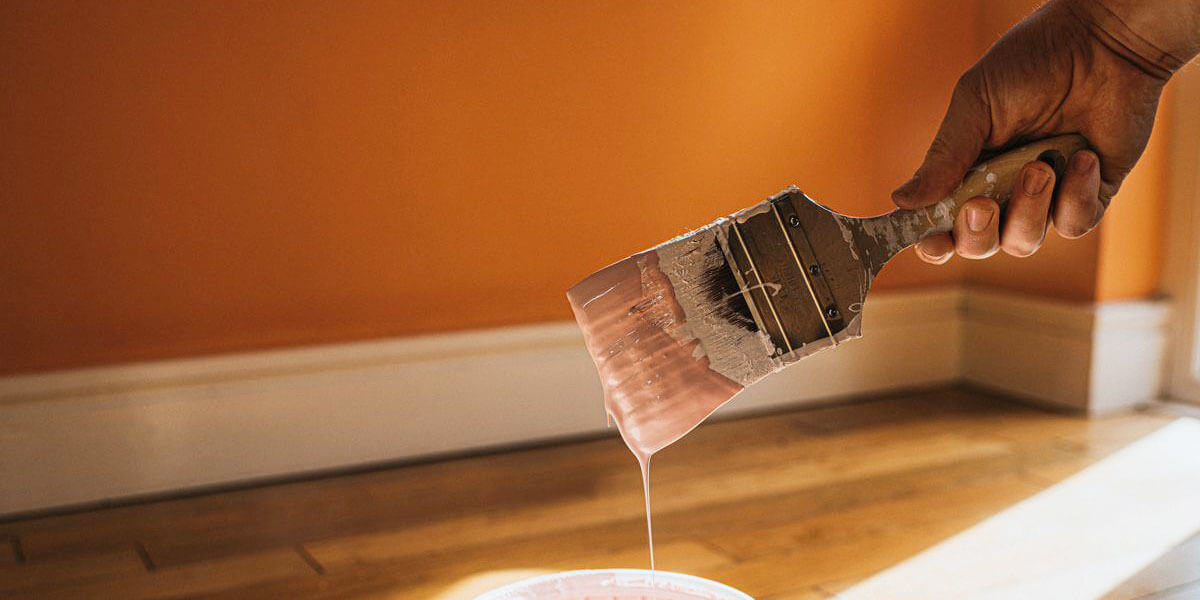


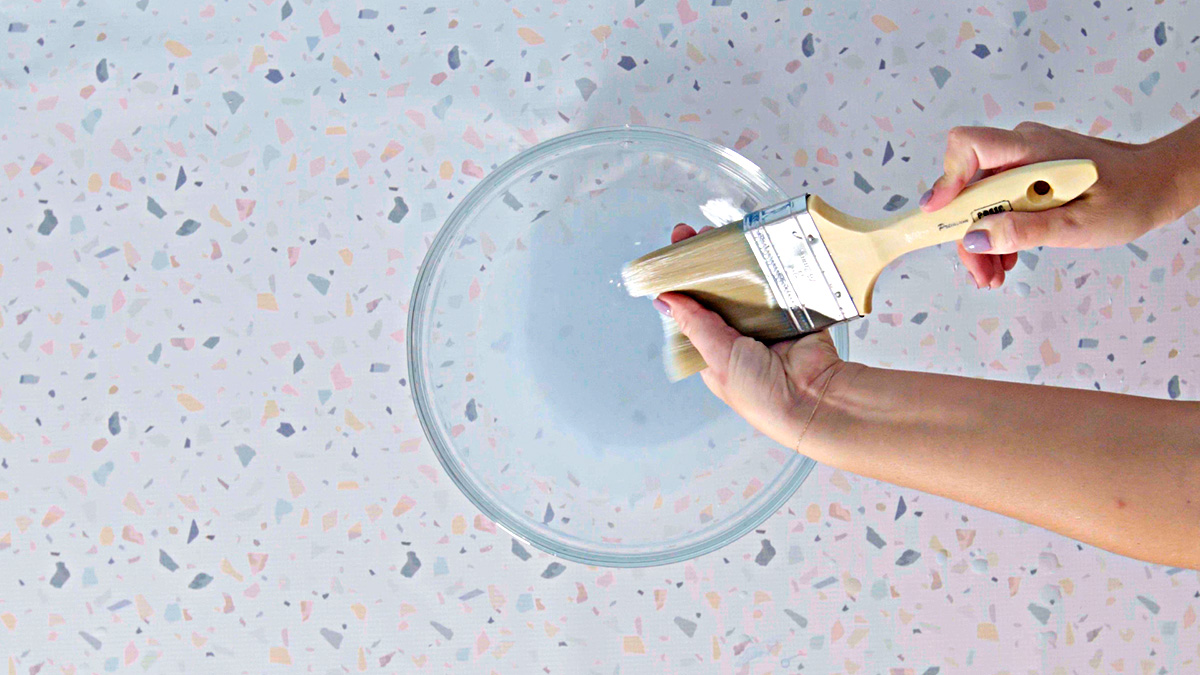


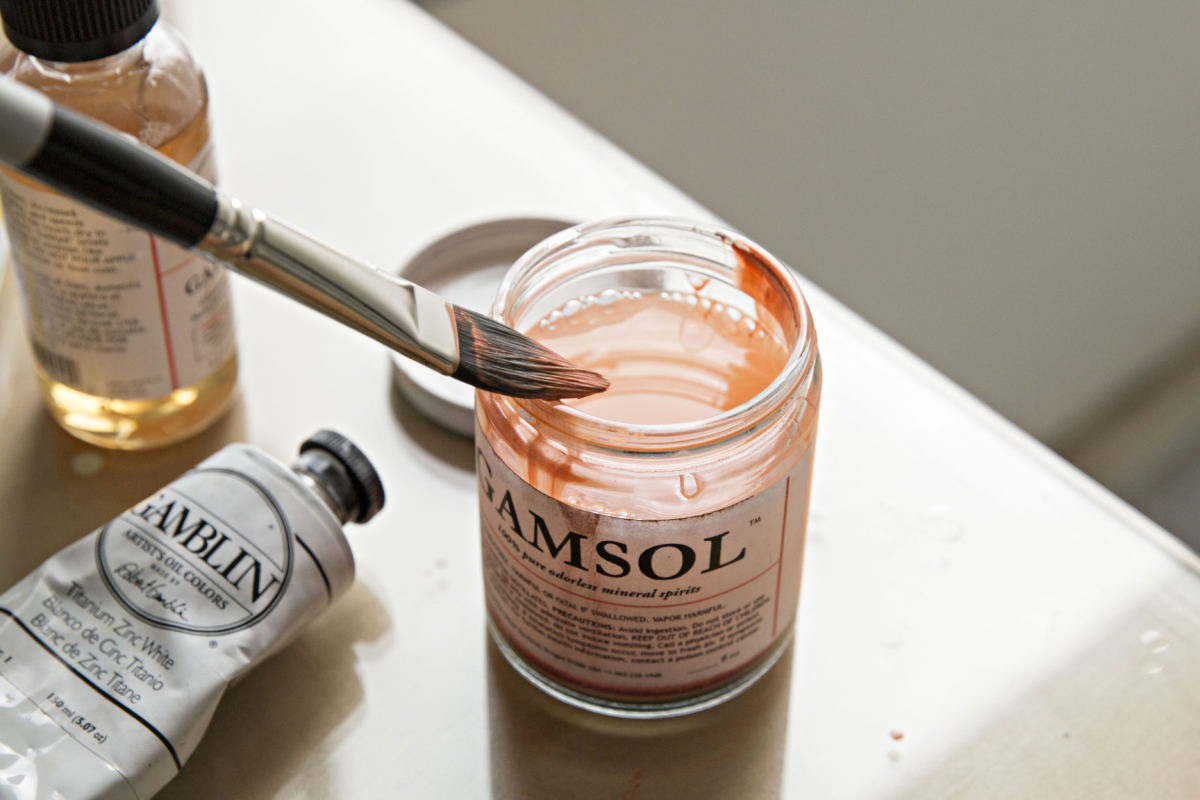
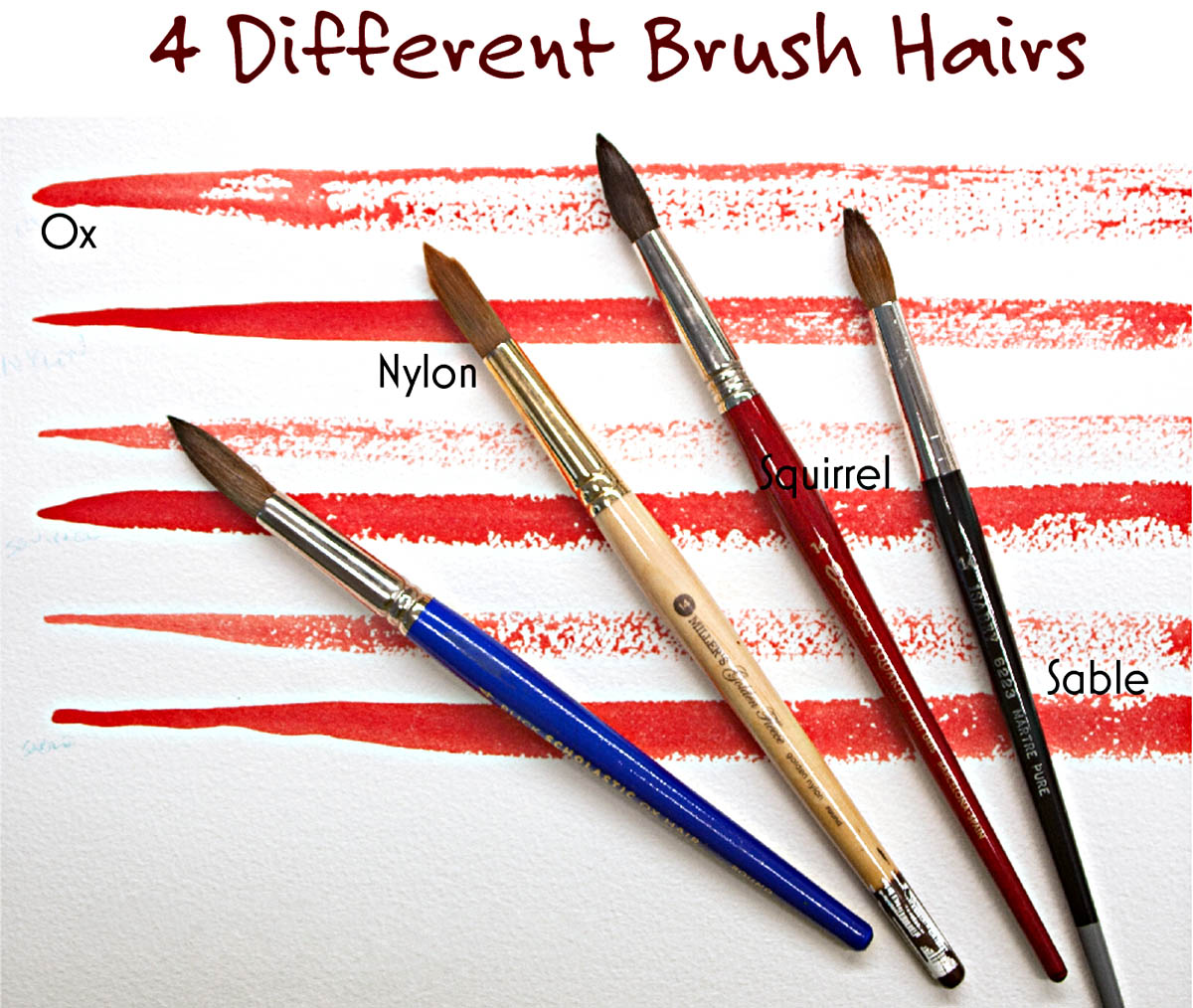

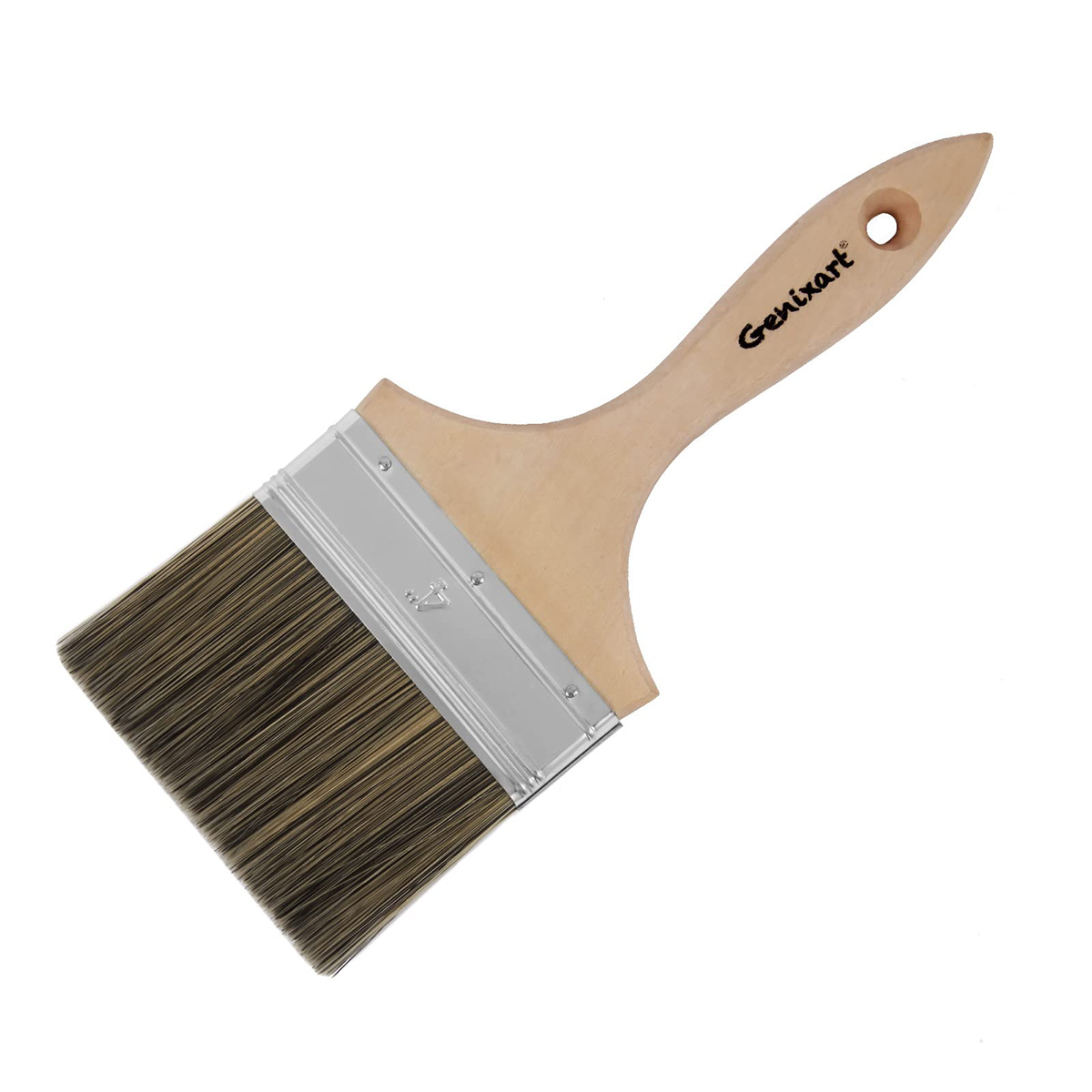
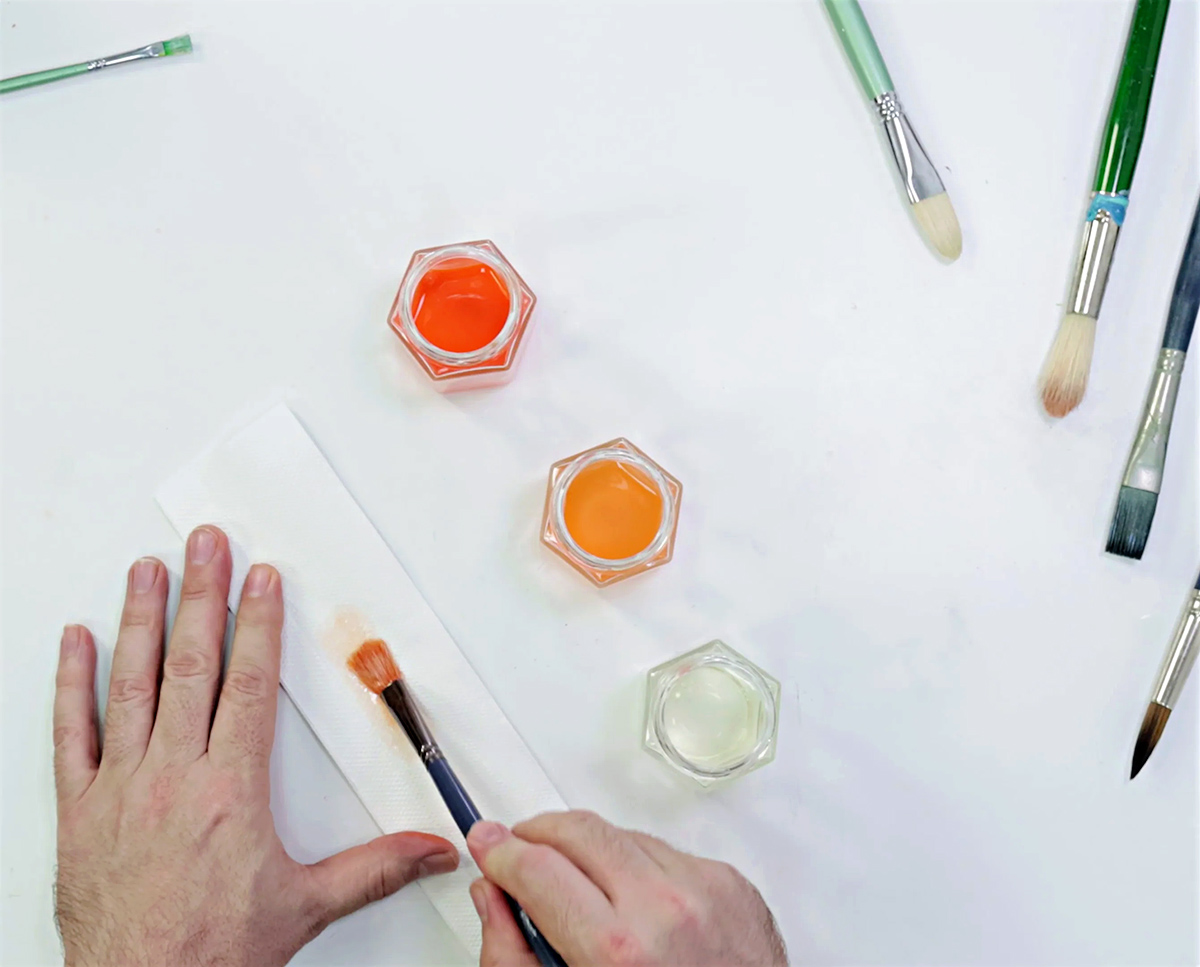

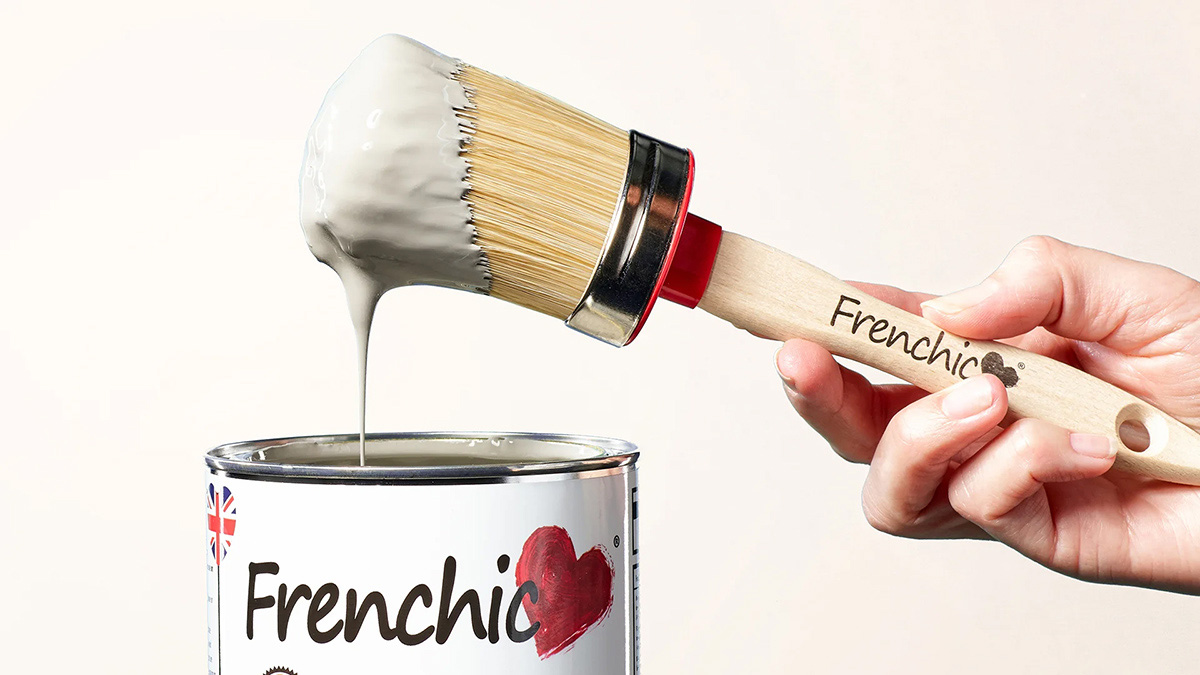


0 thoughts on “How To Store A Paint Brush”